The plastics pipeline: a surge of new production is on the way
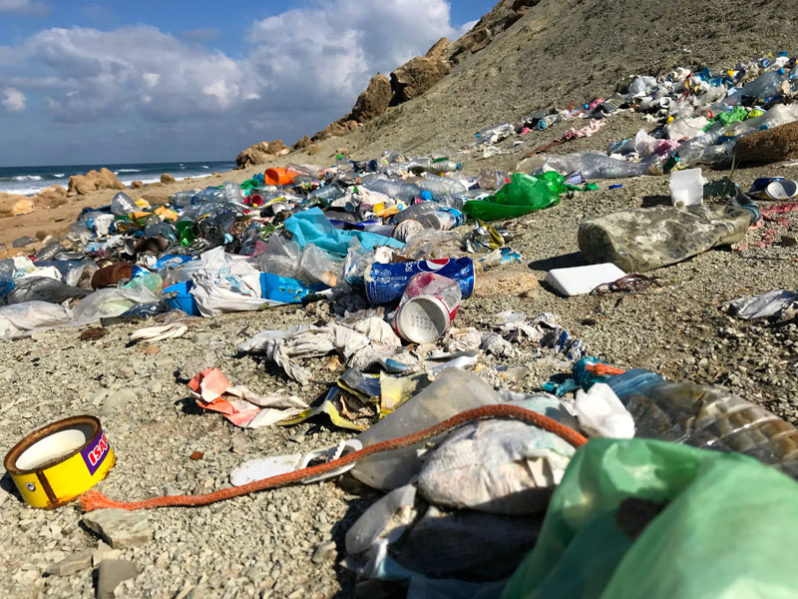
A world awash in plastic will soon see even more, as a host of new petrochemical plants — their ethane feedstock supplied by the fracking boom — come online. Major oil companies, facing the prospect of reduced demand for their fuels, are ramping up their plastics output.
Biodiversity has substantially changed in one of the largest Mediterranean wetlands
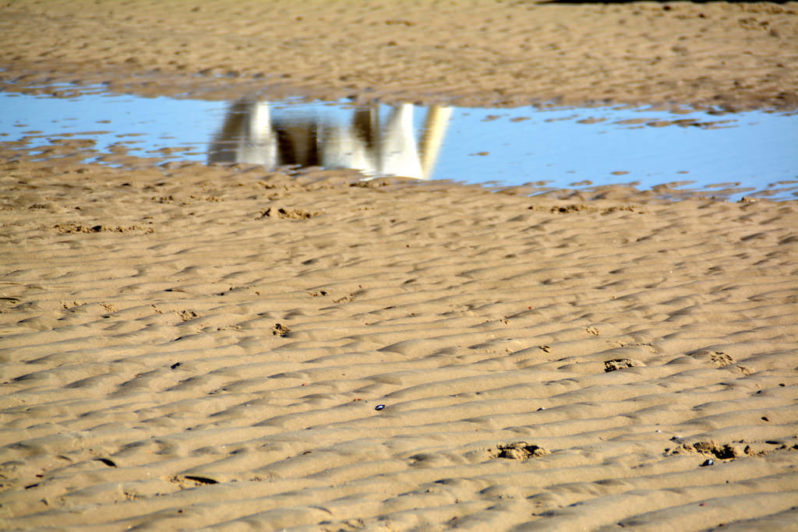
The Camargue in southern France is widely recognised as one of the largest and most biodiverse wetlands in the Mediterranean region. Yet, some species have severely declined since the 1970s. This provides evidence of substantial deterioration of the Camargue ecosystem.
Integrating social and ecological science for effective coral reef conservation
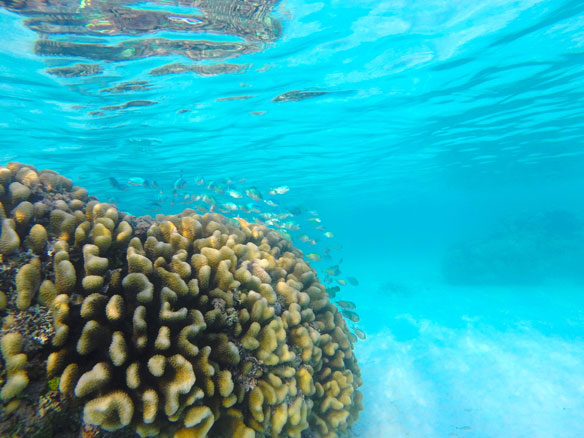
While many conservation plans focus on only environmental indicators for success, a new coral reef program is trying a relatively new approach: focusing on both social and ecological processes and outcomes to ensure a long-term future for coral reef systems.
North Stradbroke Island: sand mining ends in three weeks?

The Australian Labor Government passed laws in 2016 to phase out sand mining on the island by the end of 2019.
Meet the man who swam through the Great Pacific Garbage Patch
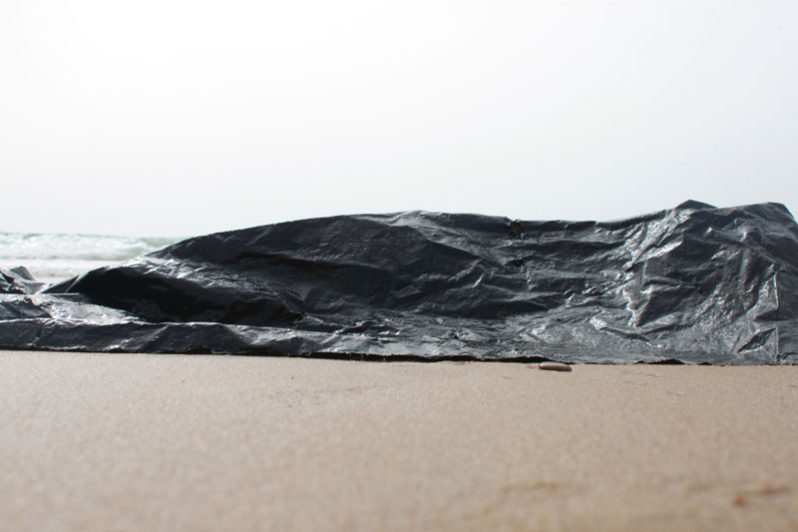
Ben Lecomte, a long-distance swimmer, swam the Great Pacific Garbage Patch from Hawaii to California to draw attention to plastic pollution. This is his Call to Earth.
Why do ocean animals eat plastic?
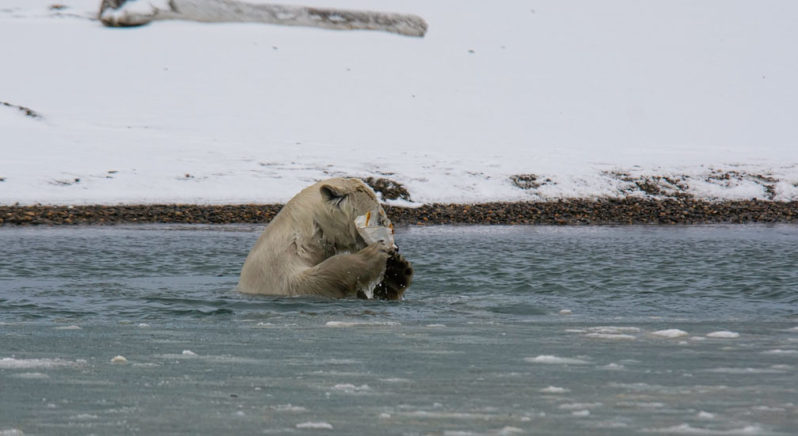
Why would an apex ocean predator eat gloves? Or rope? Or plastic cups? How does a whale end up with more than 200 pounds of waste in its stomach?
Offshore drilling creates these new dangers onshore, environmental report says

Devastating oil spills of the Deepwater Horizon variety aren’t the only risk posed by expanded offshore drilling in waters off the United States, a new environmental report says.
Biologists investigate mass die-of freshwater mussels
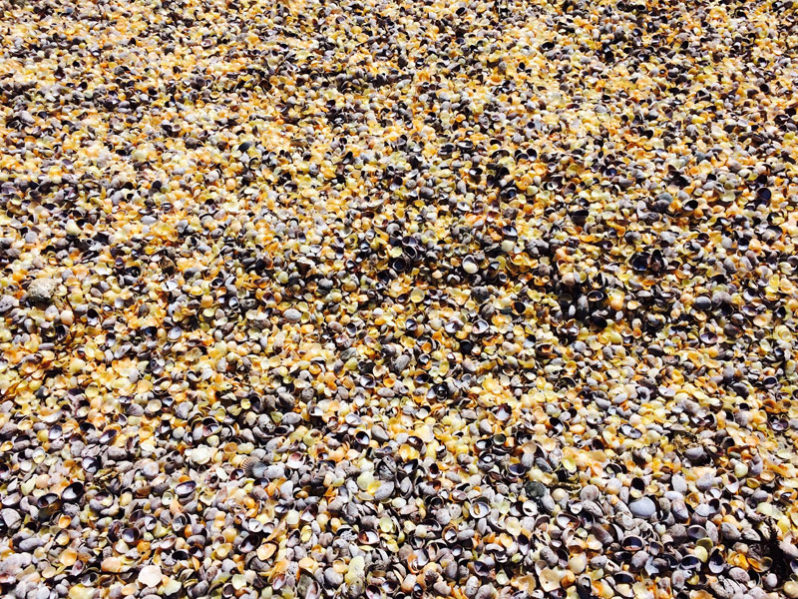
Freshwater mussels, like pollinators and trees, are critical to their larger ecosystems and the world around them. They filter out sediment and agricultural runoff, limiting the size and impacts of dead zones.
A pipeline runs through it
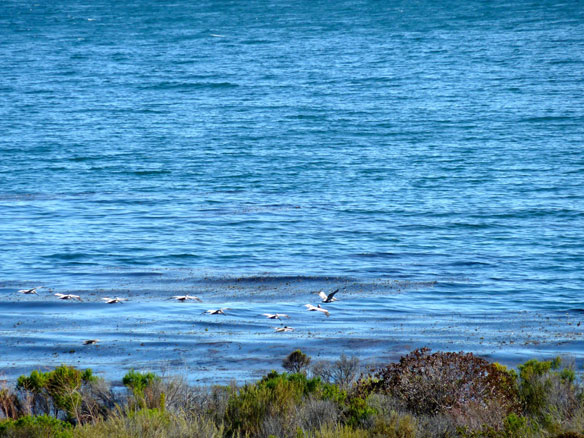
The 600-mile Atlantic Coast Pipeline could soon slice across Appalachia. If completed, the hundreds of miles of 42- and 36-inch diameter steel would carry 1.5 billion cubic feet of natural gas every day.
